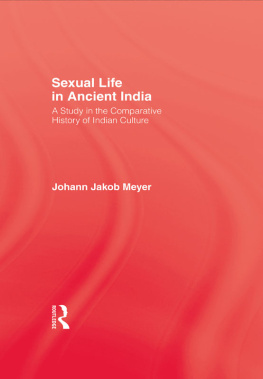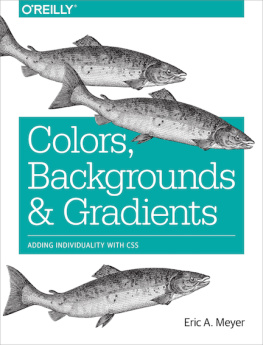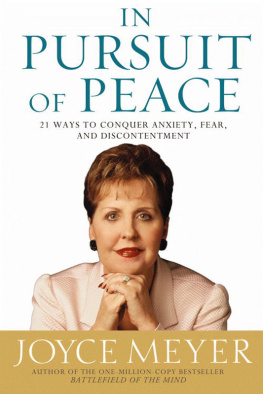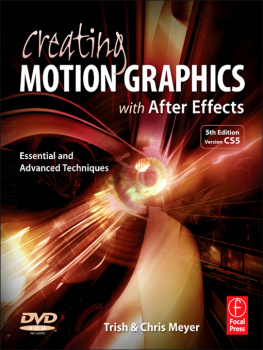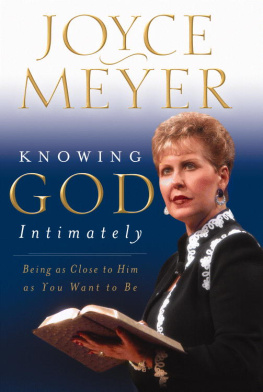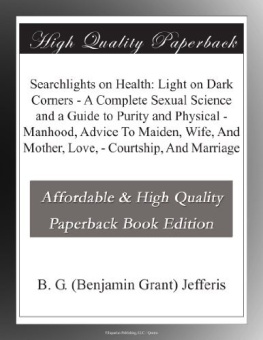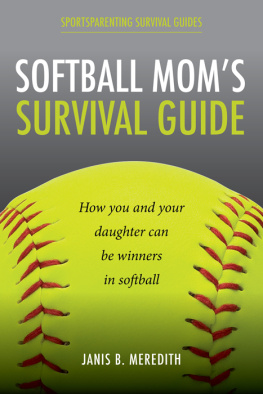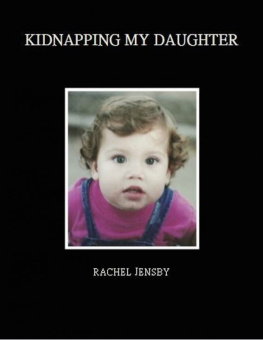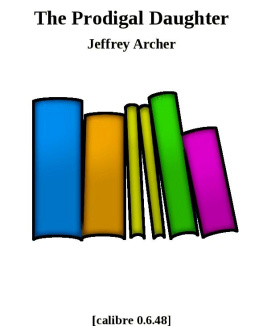SEXUAL LIFE
IN ANCIENT INDIA
Uniform with this volume
SEXUAL LIFE IN ANCIENT GREECE
SEXUAL LIFE IN ANCIENT ROME
SEXUAL LIFE
IN ANCIENT INDIA
A STUDY IN THE COMPARATIVE
HISTORY OF INDIAN CULTURE
by
JOHANN JAKOB MEYER
First published in England
in two volumes 1930
Reprinted (two volumes in one) 1952
Reprinted 1953
Published by Routledge
2 Park Square, Milton Park, Abingdon, Oxon, OX14 4RN
711 Third Avenue, New York, NY 10017
Authorized Translation from the German, containing the emendations and additions of the Author. The extra references of one of the Translators are indicated by square brackets.
ISBN 0-7103-0783-7 (hbk)
Publisher's Note
The publisher has gone to great lengths to ensure the quality of this reprint but points out that some imperfections in the original may be apparent.
I N the preface to the German edition of this book, Professor Meyer tells us that it is an attempt to give a true and vivid account of the life of woman in ancient India, based upon the immense masses of material imbedded in the two great Epics, the Mahbhrata and the Rmyaa. His method has been to make liberal use of the very words of the Epics.
The Mahbhrata seems to occupy an unique place in the literature of the world. Parts of it, like the Bhagavad-gt, and the story of Nala and Damayant, have become familiar to educated readers in almost every country of the west, but these are only fragments of an enormous work, consisting of about a hundred thousand couplets, of which Professor Macdonell says :
Its epic kernel, amounting to about one-fifth of the whole work, became so much overgrown with didactic matter that it could hardly be regarded as an epic at all, and has rather taken the place of a moral encyclopaedia in Indian literature.
It provides us with most valuable sources of information about the relations of the sexes, and the concepts underlying those relations, in India fifteen hundred and more years ago.
Professor Meyer has used the Bombay edition of the Rmyaa, and the second impression of the Bombay Mahbhrata. All his references which do not specify a particular title are to this version of the Mahbhrata. To some extent, he has consulted what he calls the Kumbakonam version mainly based on the South Indian texts. This he refers to as K.
For the present translation, Professor Meyer has completely revised the German work, made various alterations in the text, and considerably enlarged the number of references.
ABBREVIATIONS
| SBE. | Sacred Books of the East (edited by F. Max Mller). |
| JAOS. | Journal of the American Oriental Society. |
| JRAS. | Journal of the Royal Asiatic Society. |
| ZDMG. | Zeitschrift der deutschen morgenlndischen Gesellschaft. |
| WZKM. | Wiener Zeitschrift fr die Kunde des Morgenlandes. |
India's Past (p. 88). Oxford, 1927.
CONTENTS
OF VOLUME ONE
a.The daughter is unwelcome
b.The daughter is beloved and happy
c.The spoiled daughter
d.The good daughter
e.The fallen maiden and her sorrow
f.Maidenhood restored or unscathed in sexual intercourse
g.High esteem set on maidenly purity
h.The fair one with determination in things of love
a.The father's (the kinsfolk's) right to marry away the daughter
b.The father's duty to marry his daughter away
c.The different kinds of marriage
d.To whom shall the daughter be given?
e.What makes the marriage and the promise of marriage valid in law?
f.Age, character, and caste of the maiden whom the man must or may wed
g.Division of inheritance among the children of wives from different castes (as also the wife's share), and position of the wives from different castes
h.Marriage by capture
i.The self-choice of the maiden (Svayavara)
k.The Gandharva marriage
l.Marriage by purchase
m.Marriages between Brahmans and nobles
n.The marriage of younger brothers or sisters before the elder forbidden
o.Polyandry
p.Hetrism
q.Speculations on the true nature of marriage
a.The festival and usages
b.Wedding-gifts to the bridegroom; dowry to the bride
a.Wedlock a necessity for both sexes
b.High dignity of the estate of father of the household
c.Wedlock especially needful to woman
d.Overcoming unfruitfulness
e.Deputed fathership (especially through Brahmans)
f.The Levirate
g.The different kinds of sons
h.Family life and family happiness
i.Love of parents for the children
k.Sorrow of the kinsfolk for the dead child
l.The misfortune of having but one child
m.Love of children for the parents
a.The high dignity and position of the mother
b.Behaviour when duty towards the mother conficts with that towards the father
c.Reverence of children towards the mother
d.Tender love of the mother towards the children
a.The moral earnestness of the Epic (love and wedlock inseparably bound together for the woman)
b.The ritu (the time meet for fertilization) and its high importance. The right and duty of coition is founded on it
c.The man then must
d.The woman then will
e.The man's seed sent off by bird-post to her that is ready for fertilization
f.Commerce with her that is still unclean strictly forbidden
a.The woman's joy and vigour in the pleasures of love
b.Punishment for disturbing the surata (death during the sexual embrace)
c.The joys of love as a healing herb
d.Means for heightening the powers and heroes in strength of love
e.Uncleanness of the surata
f.Regulation of the pleasures of sex (not in public, not outside the vulva, not by day or at certain other times, not with another woman than the wife)
g.Punishments awaiting the lewd man in this life and in the other
h.The dreadfulness of intercourse with the teacher's wife or with a woman of higher caste
i.Other details: not to look on a naked stranger woman, atonement for nightly pollution, a thoughtful hero of chastity, etc
a.Value of chasity in general
b.

